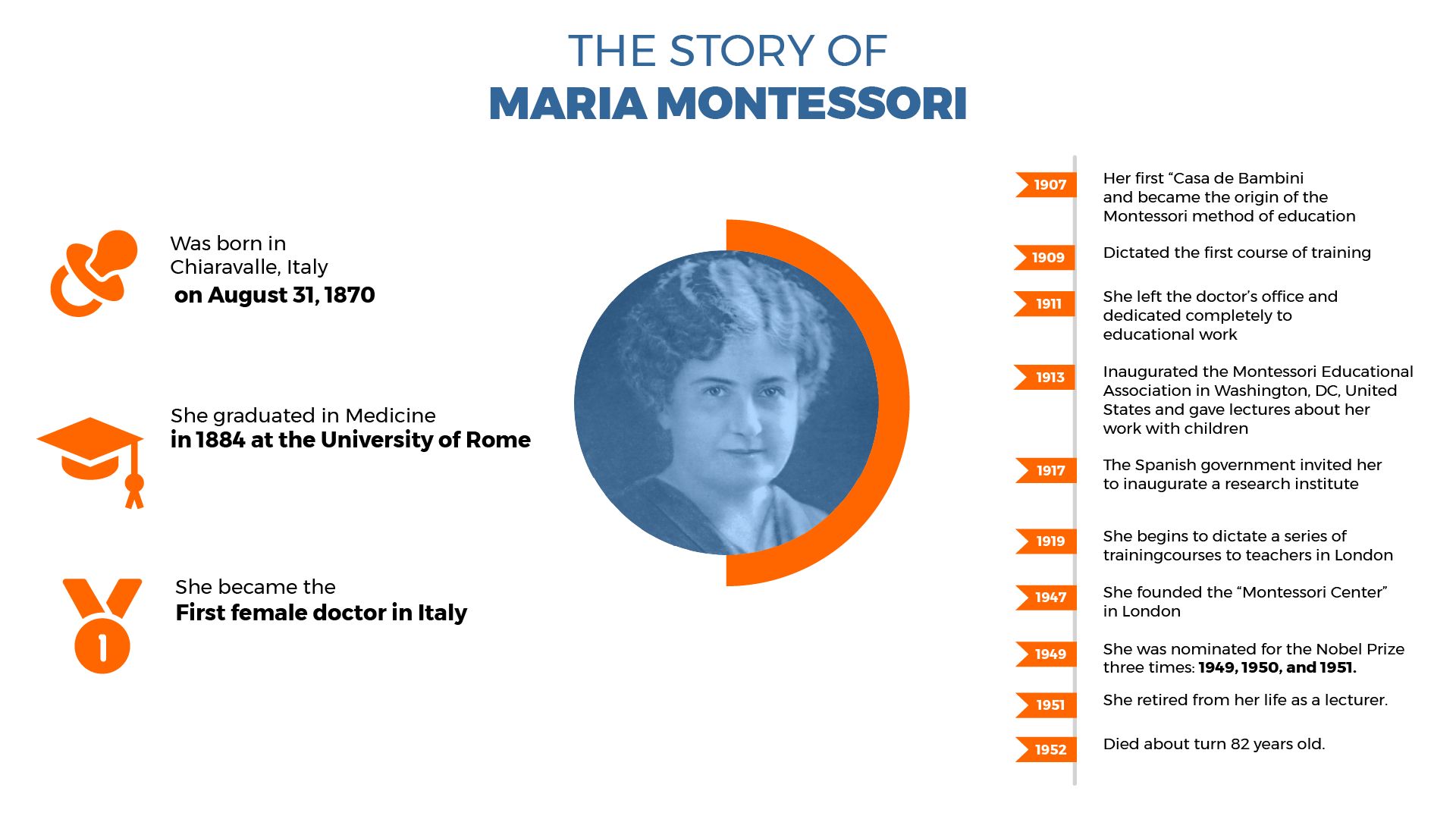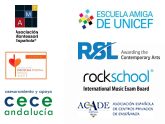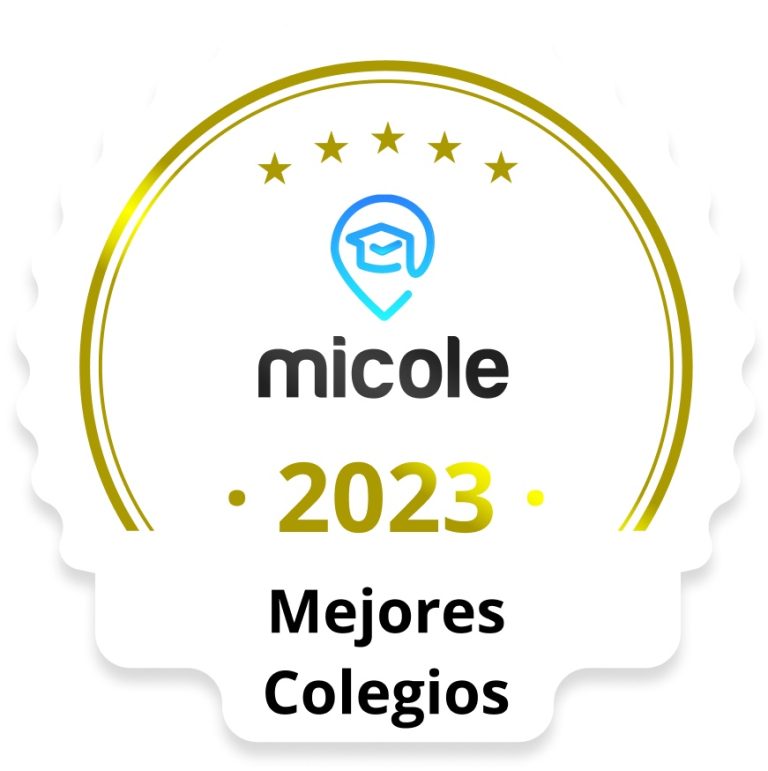
Autonomy and Independence
Self esteem
Will
Self-control and self-discipline
An environment without competition
(Age to 3, 3 to 6, 6 to 12 and 12 to 18) enable the children to collaborate with and learn from each other. Classrooms resemble workplaces or laboratories, with different children working on different activities, alone or in small groups, following their interests and learning at their own pace. Visitors stepping into a Montessori community often say they are struck by the hum of harmonious and varied activity.
The children learn through hands-on
work rather than by listening to an
adult speaking. They work using
materials that are designed to help
them master skills or areas of
knowledge and understanding
appropriate to their stage of
development. These Montessori
materials have been created and
refined through practical experience
working with tens of thousands of
children over the past 100 years.
Each child’s experience is unique to them. Personalized lessons are offered to individuals or small groups. This allows for a highly individualized interaction between the adult and each child. The adult knows intimately what each child has mastered, or where they need additional practice.
The result? Children develop concentration, confidence,
self-discipline and a love of learning. And as one might expect,
studies show these children also do better academically.
It is considered the most important part, helps children develop
coordination, concentration, independence, order and discipline. It
covers exercises for social relationship, tolerance and courtesy,
perfect control and refinement of movement.
The first step toward reading and writing is sensory. Children use your index finger to know each letter sensuously through the use of letters outlined with sandpaper. This helps them to recognize geometric shapes, while developing their skills and learn the letters phonetically. The finger is then replaced by a pencil to later write.
It refers to the development and refinement of the five senses: sight, sound, touch, smell and taste. The purpose of the exercises is to educate the senses, so the child can learn about the environment, and be able to discriminate its subtler aspects.
Again the introduction to numbers and mathematics is sensory. The child learns to associate numbers to quantities, gradually moving to more abstract forms of representation. Early education in this sense, helps the child to lay the groundwork for reading and learning of mathematics. The activities developed with sensory materials make the child pass “from concrete to abstract” and help to discriminate sizes, colors, shapes, weight, etc.


© 2021 Montessori School | Developed with ❤️ by IOBMarketing